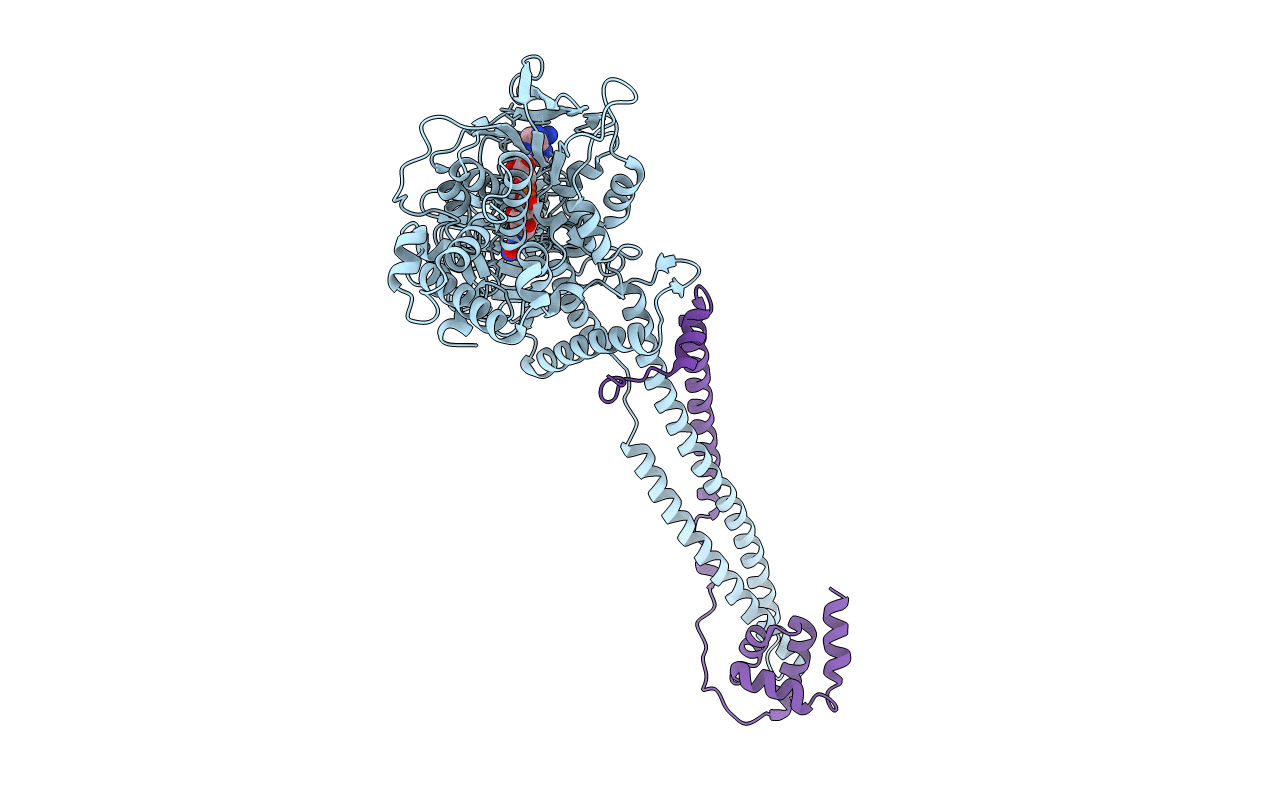
Deposition Date
2012-09-17
Release Date
2013-11-27
Last Version Date
2023-12-20
Entry Detail
PDB ID:
4BAY
Keywords:
Title:
Phosphomimetic mutant of LSD1-8a splicing variant in complex with CoREST
Biological Source:
Source Organism:
HOMO SAPIENS (Taxon ID: 9606)
Host Organism:
Method Details:
Experimental Method:
Resolution:
3.10 Å
R-Value Free:
0.22
R-Value Work:
0.20
R-Value Observed:
0.20
Space Group:
I 2 2 2


